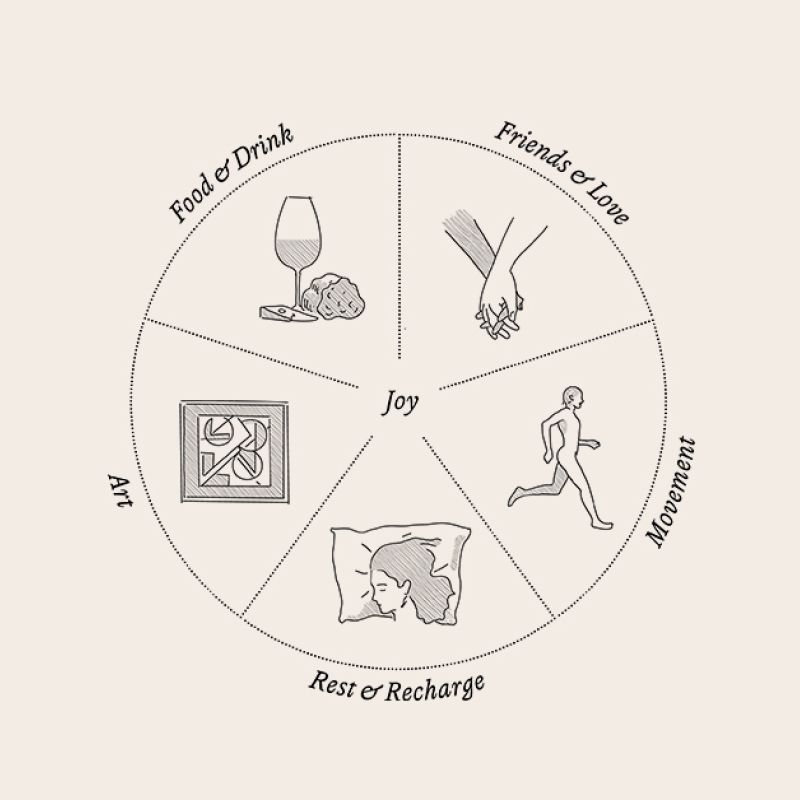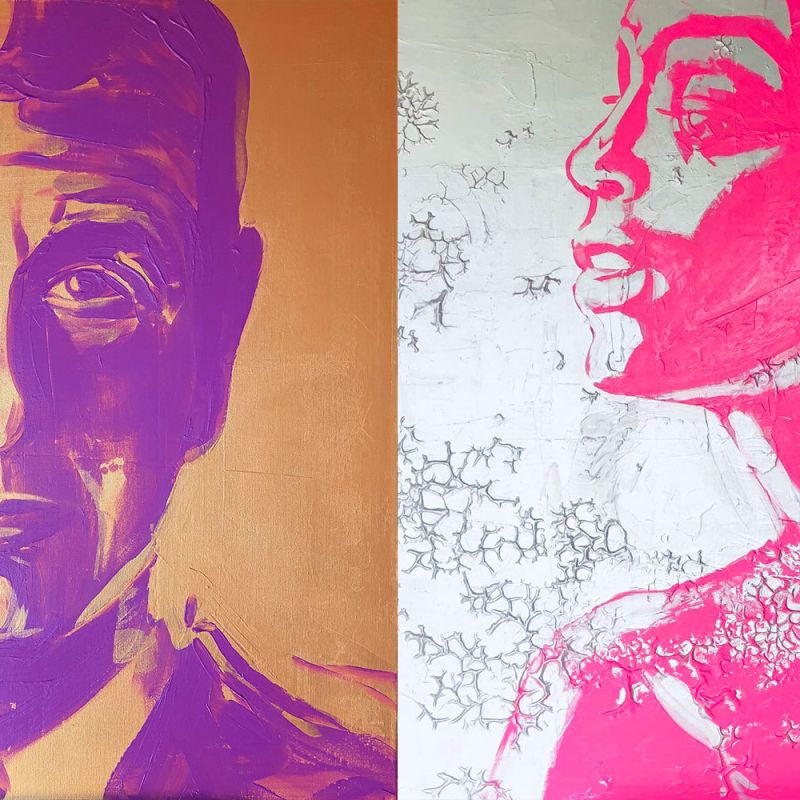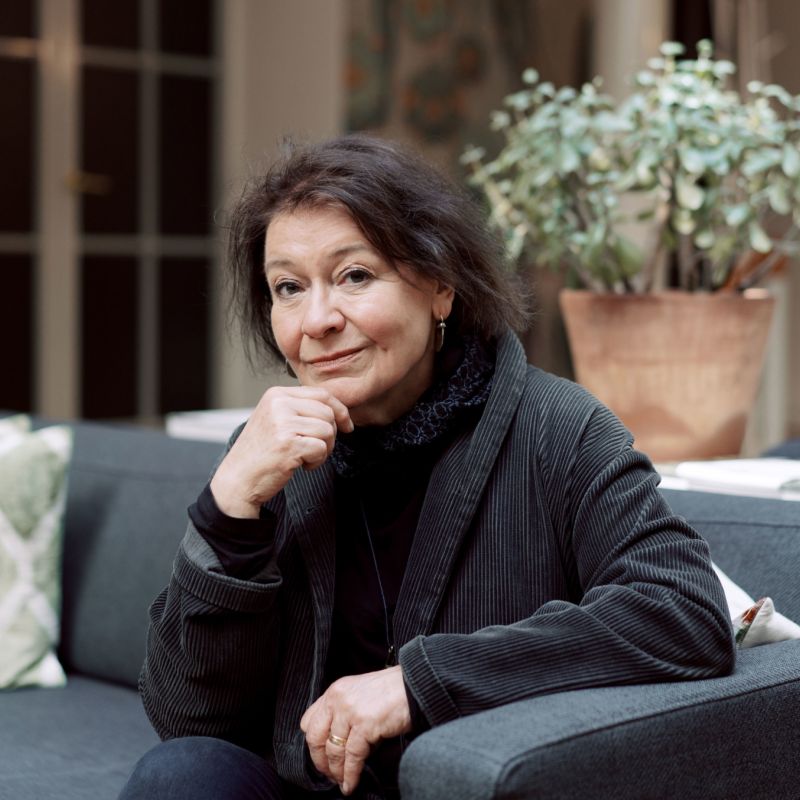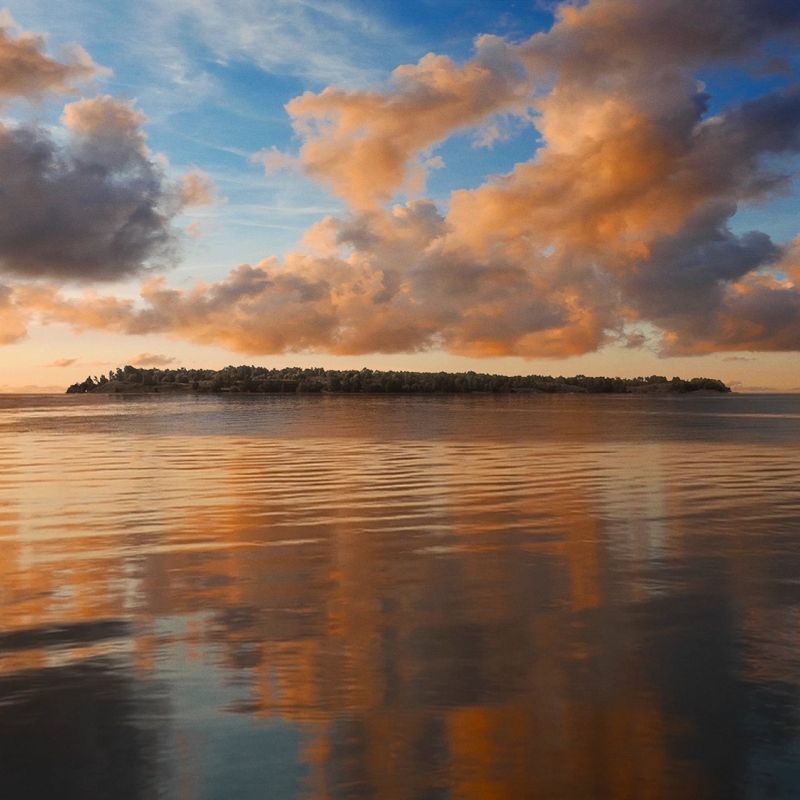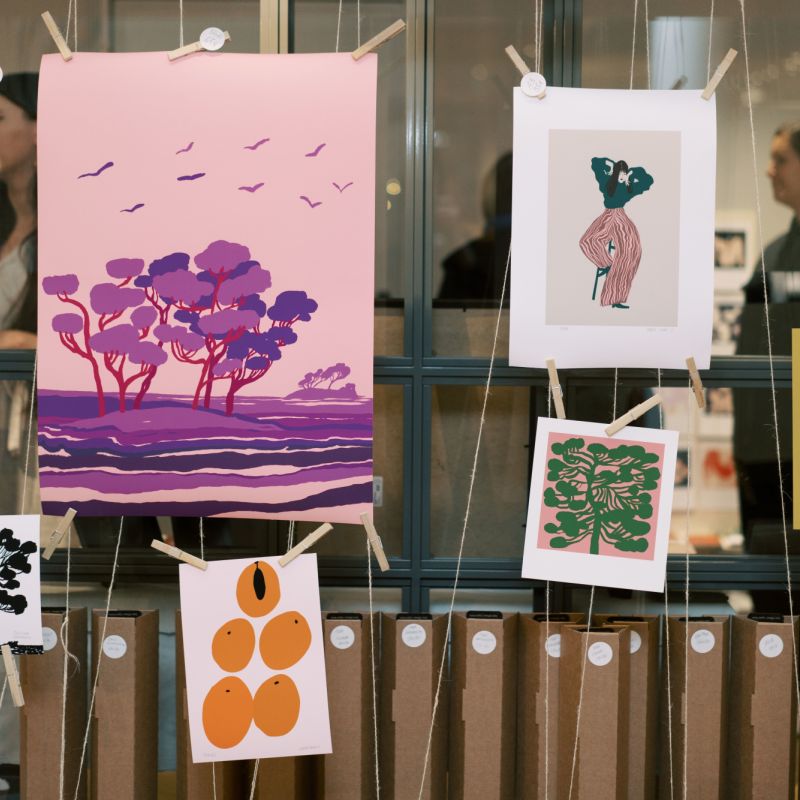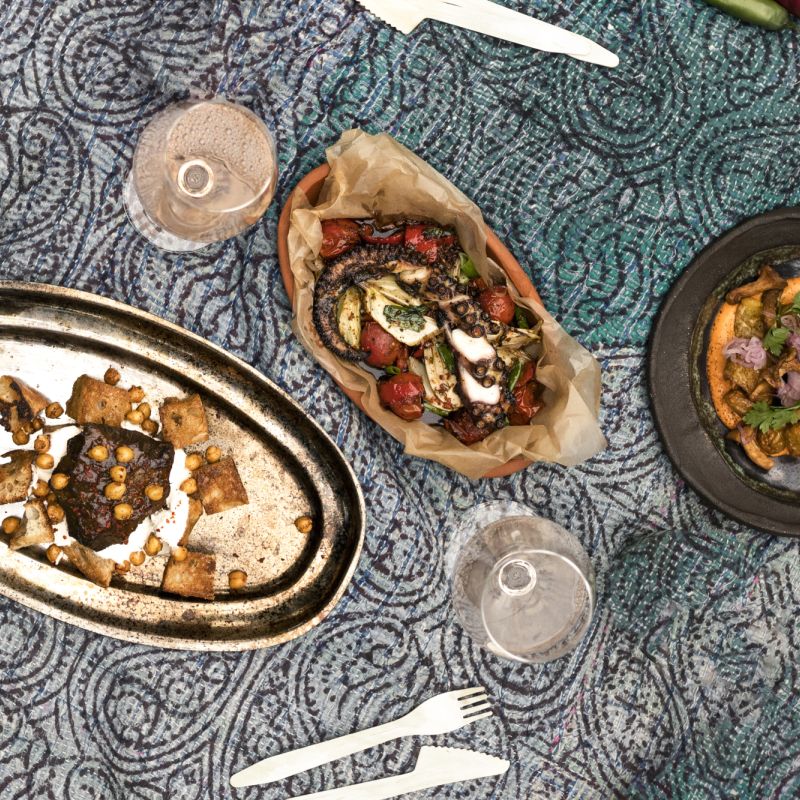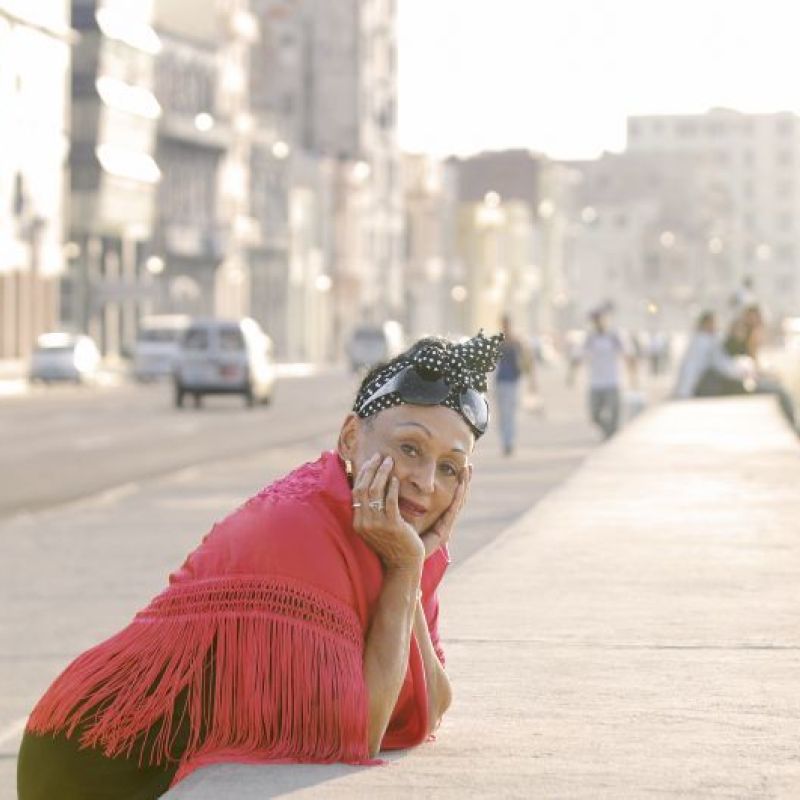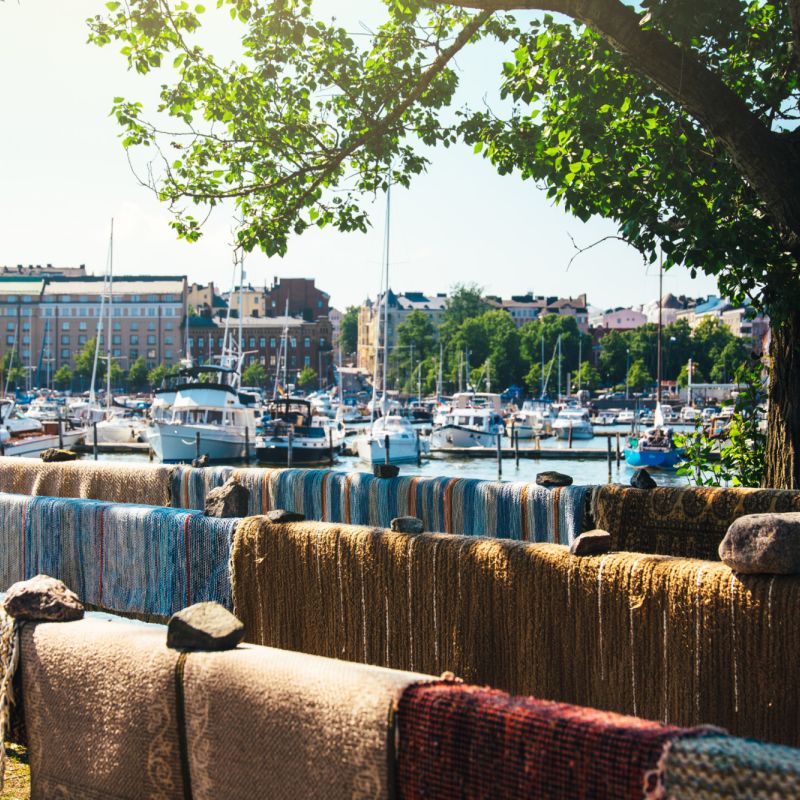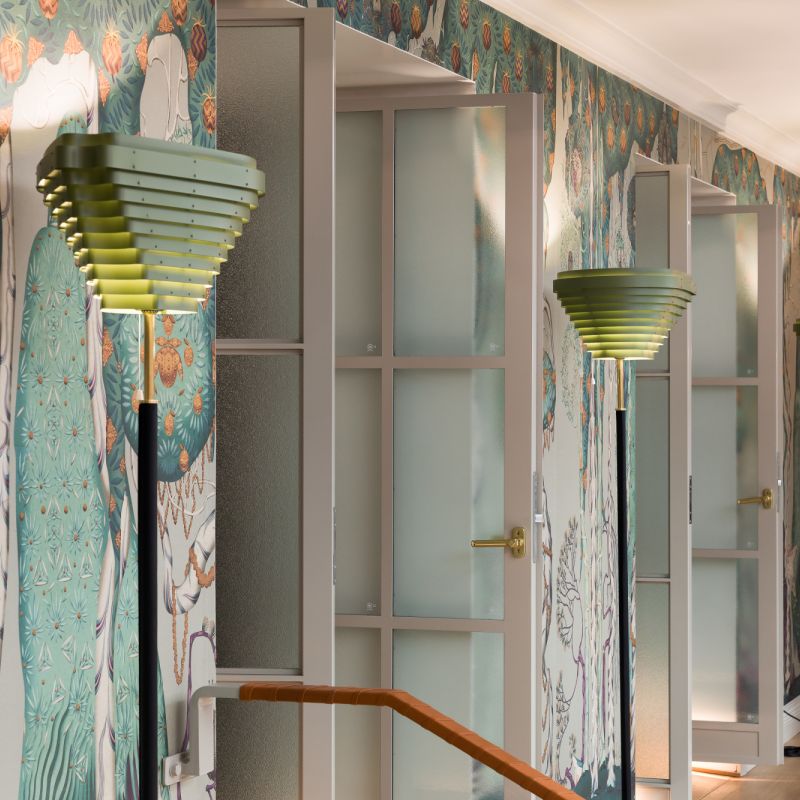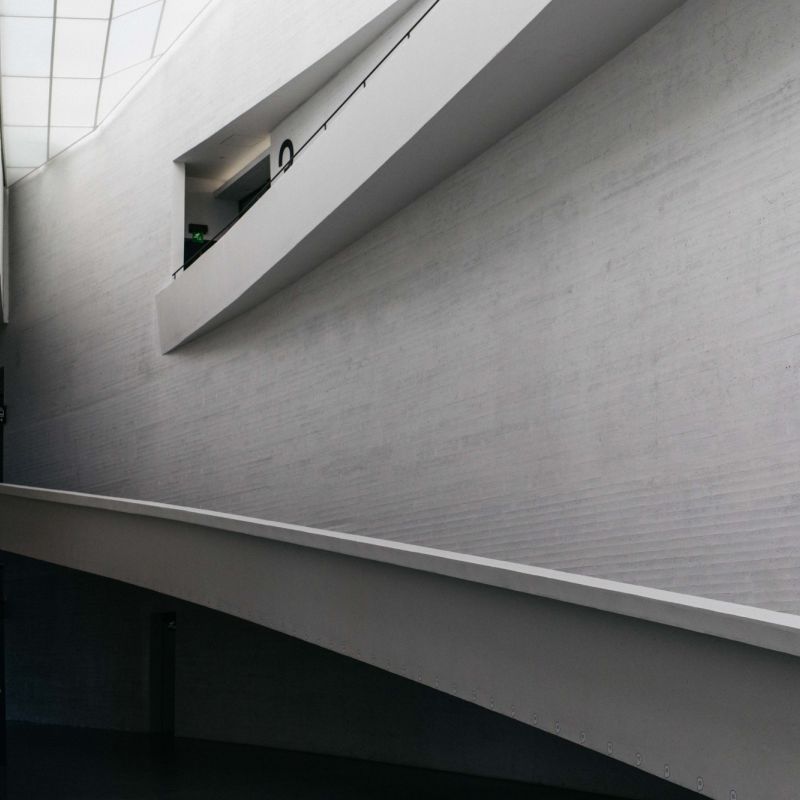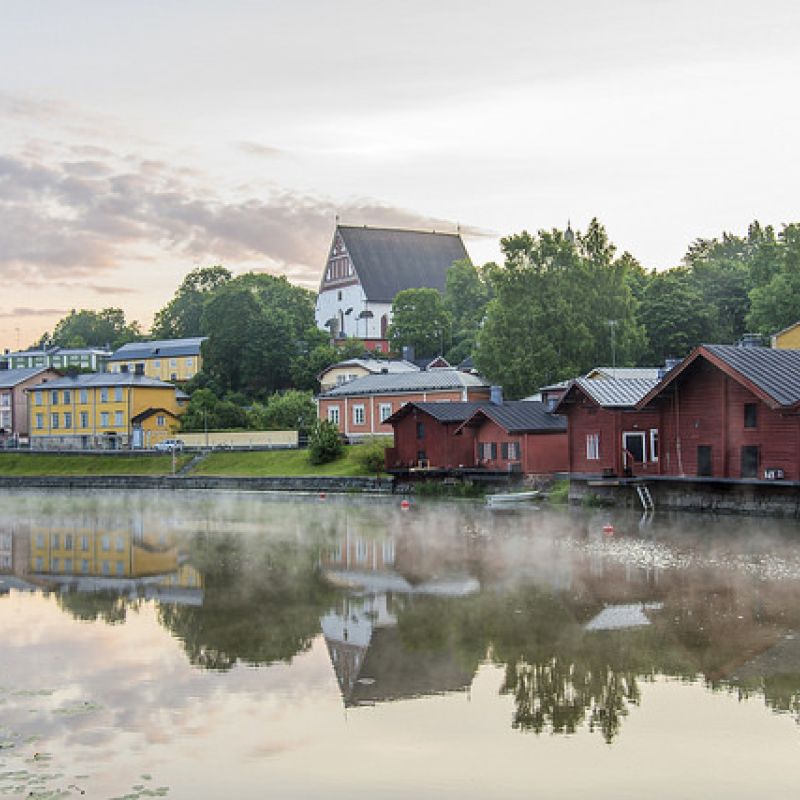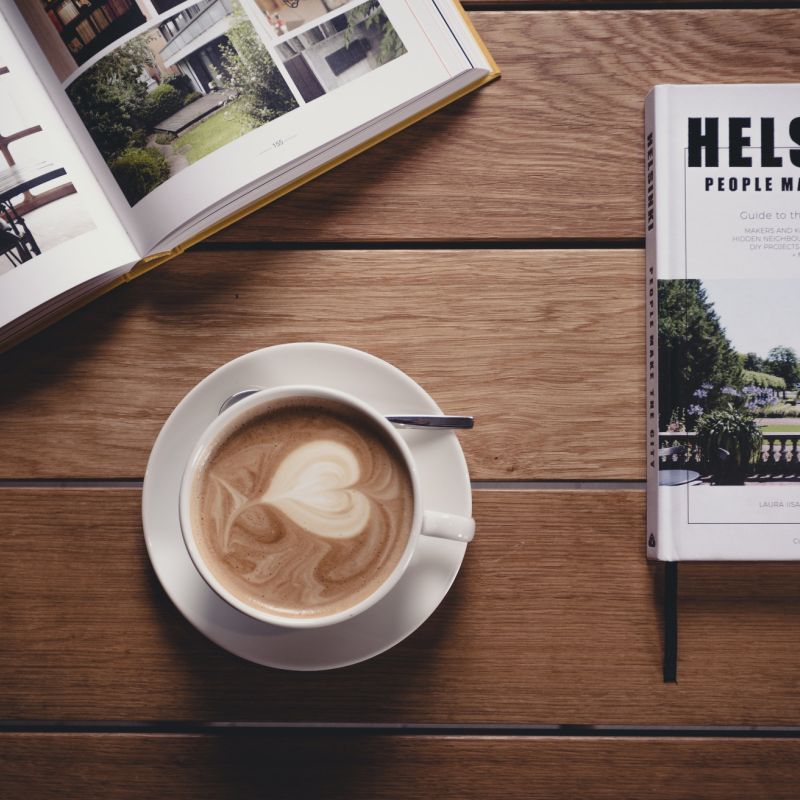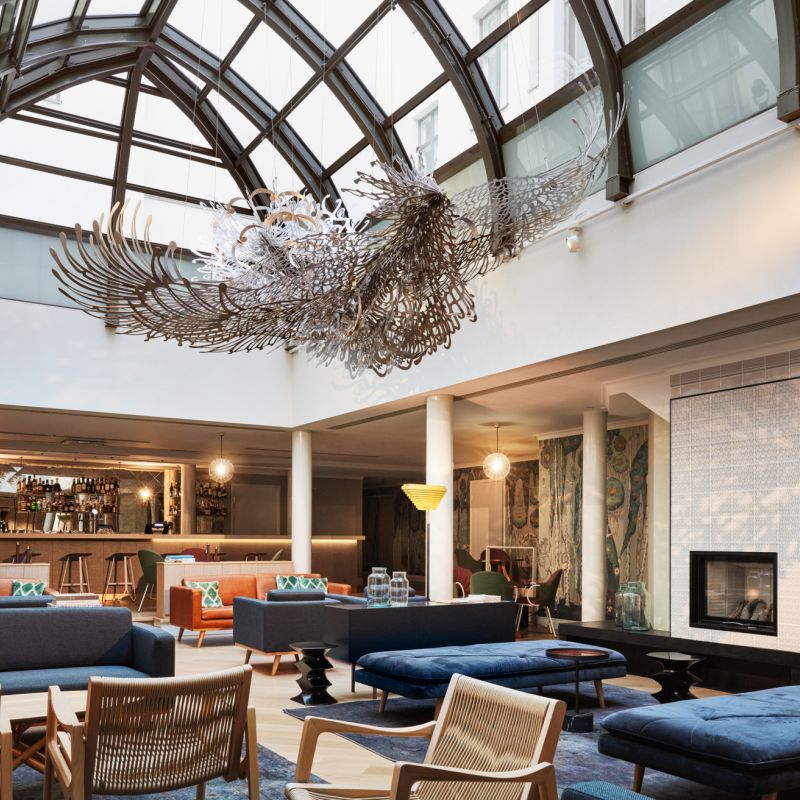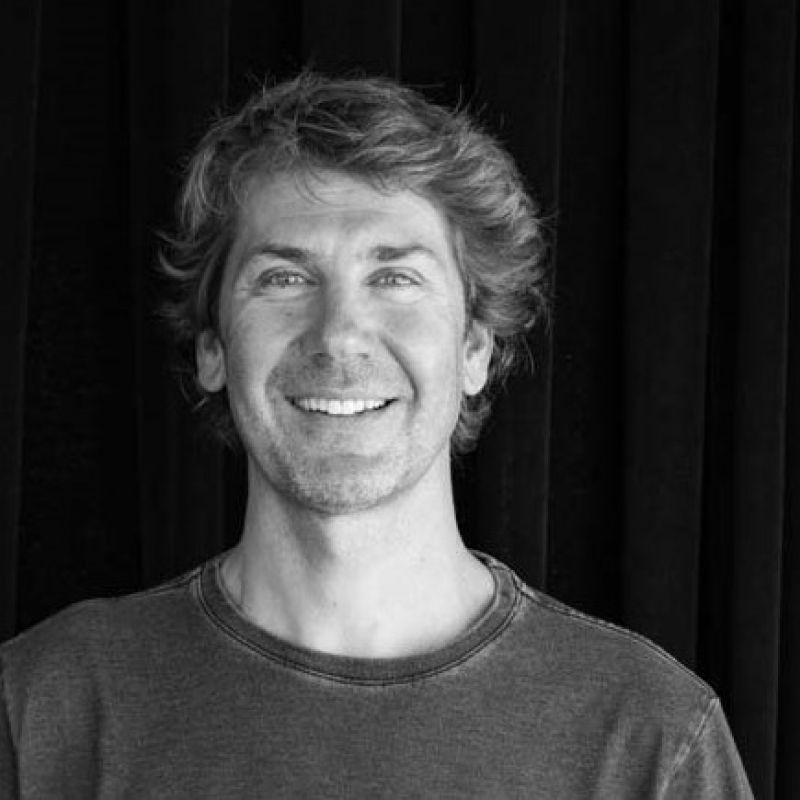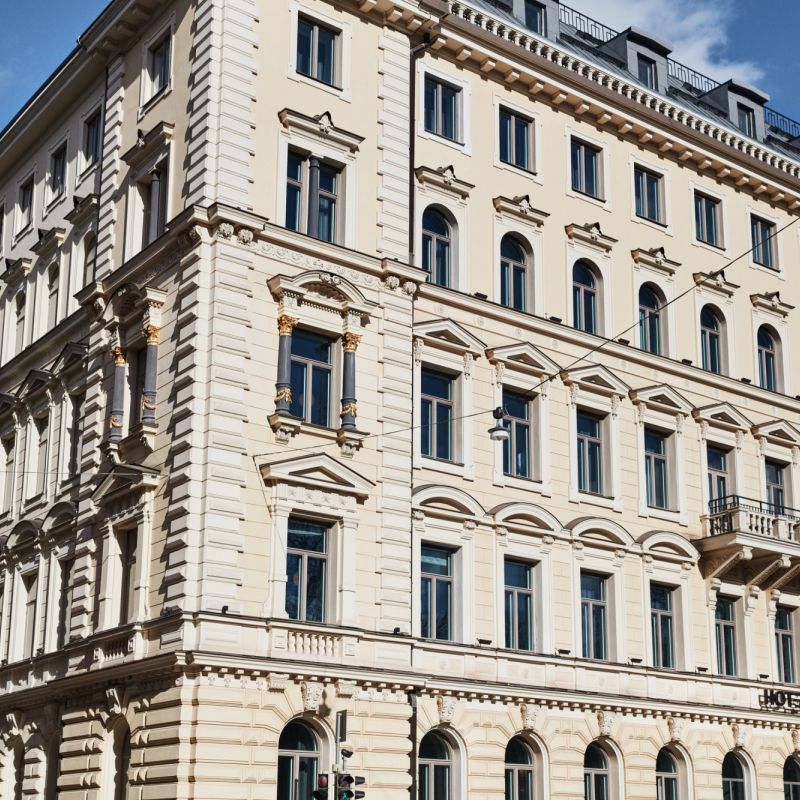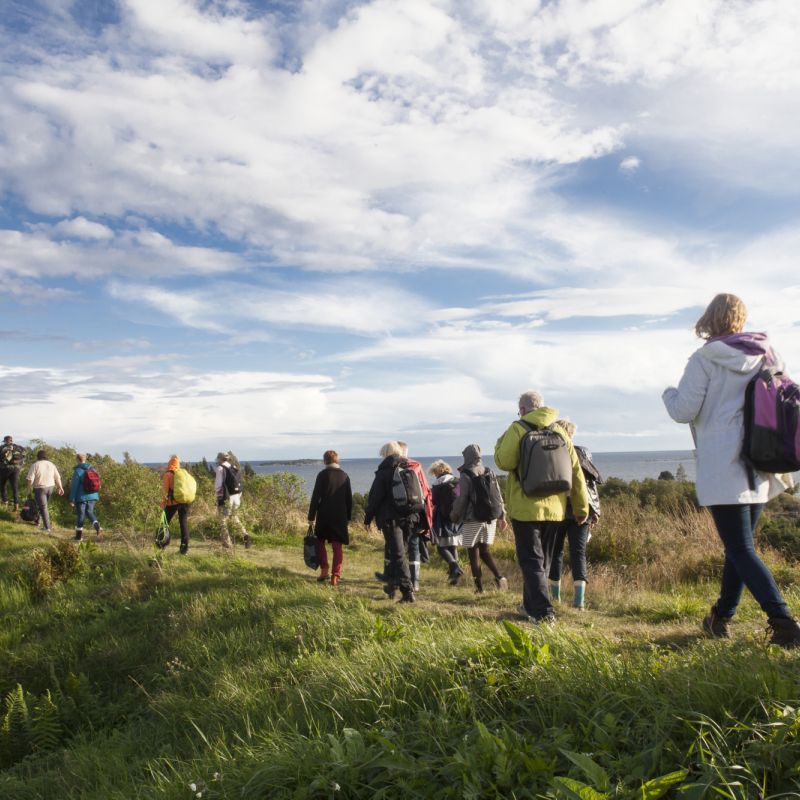An art gallery in a hotel - Ai Weiwei’s dragon welcomes visitors to Hotel St. George
A public art gallery may not be the norm when it comes to hotels, but Hotel St. George dares to be different. As soon as they enter the hotel, visitors encounter a tremendous white dragon. The sculpture by internationally renowned artist Ai Weiwei is an impressive welcome to the world of Hotel St. George.
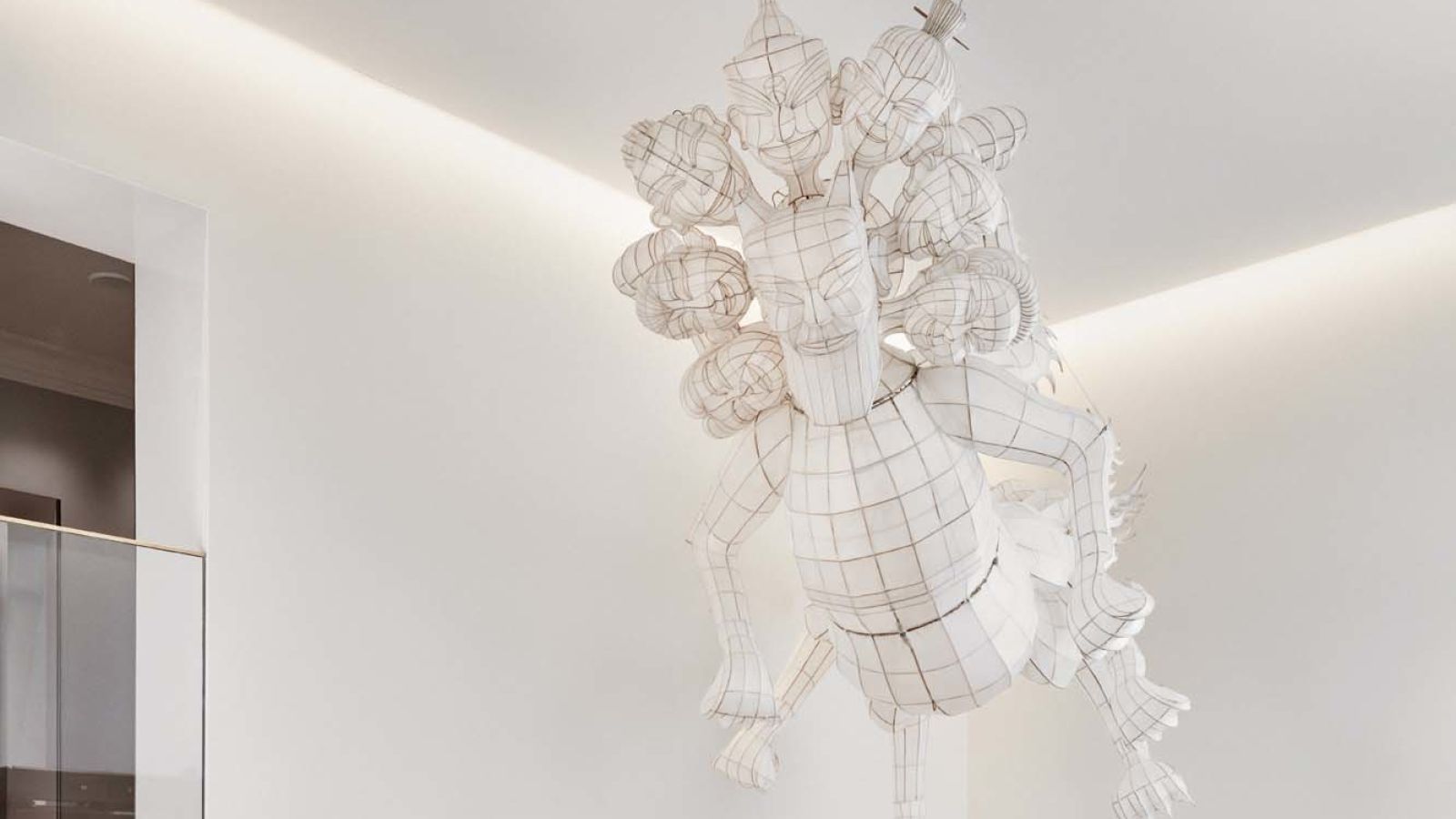
Art sensation Ai Weiwei
Among the world’s most notable living modern artists, Ai Weiwei (b. 1957) is no stranger to causing sensations. His exhibitions are world-renowned, and even his Instagram account has over 400 000 followers. He only follows two.
A couple of years back, Ai’s exhibition attracted a record-breaking number of visitors to Helsinki Art Museum HAM. Last spring, his work was showcased at the Biennale of Sydney, and he’s currently creating sculptures and installations for three different exhibitions in Los Angeles.
Ai is also a human rights activist. In the last few years, he has focused on the theme of displacement: Law of the Journey (2017) is a sculpture of refugees crossing the sea in a rubber dinghy and the documentary Human Flow (2017) deals with the global refugee crisis. Thousands of people are featured in the film, which was shot in 23 countries. Ai’s largest exhibition to date, Good Fences Make Good Neighbors, comprising over 300 works of art all over New York, was linked to the documentary.
The tale of Tianwu, the white dragon
The dragon soaring above the entrance lobby of Hotel St. George is Ai Weiwei’s Tianwu, a mythical creature from the Chinese children’s tale Shan Hai Jing (’Classic of the Mountains and the Seas’). Created using traditional Chinese kite-making techniques, the sculpture’s dimensions are striking and impressive.
Ai likes to incorporate local craftspeople into his artistic visions. For Tianwu, master kitemaker Wong Yong Xun from the Shangong province transformed silk and bamboo into the awe-inspiring dragon.
—The creature is a technical feat, but at the same time, it represents very simple craftsmanship. Anyone can make a kite, says Ai.
This airy work of art is part of the Er Xi, Air de Jeux installation, which was showcased in Le Bon Marché department store in Paris in early 2016. Like Tianwu, the entire installation drew inspiration from traditional Chinese fairy tales, which date back to the 4th century BCE. Now, everyone can marvel at Tianwu at Hotel St. George.
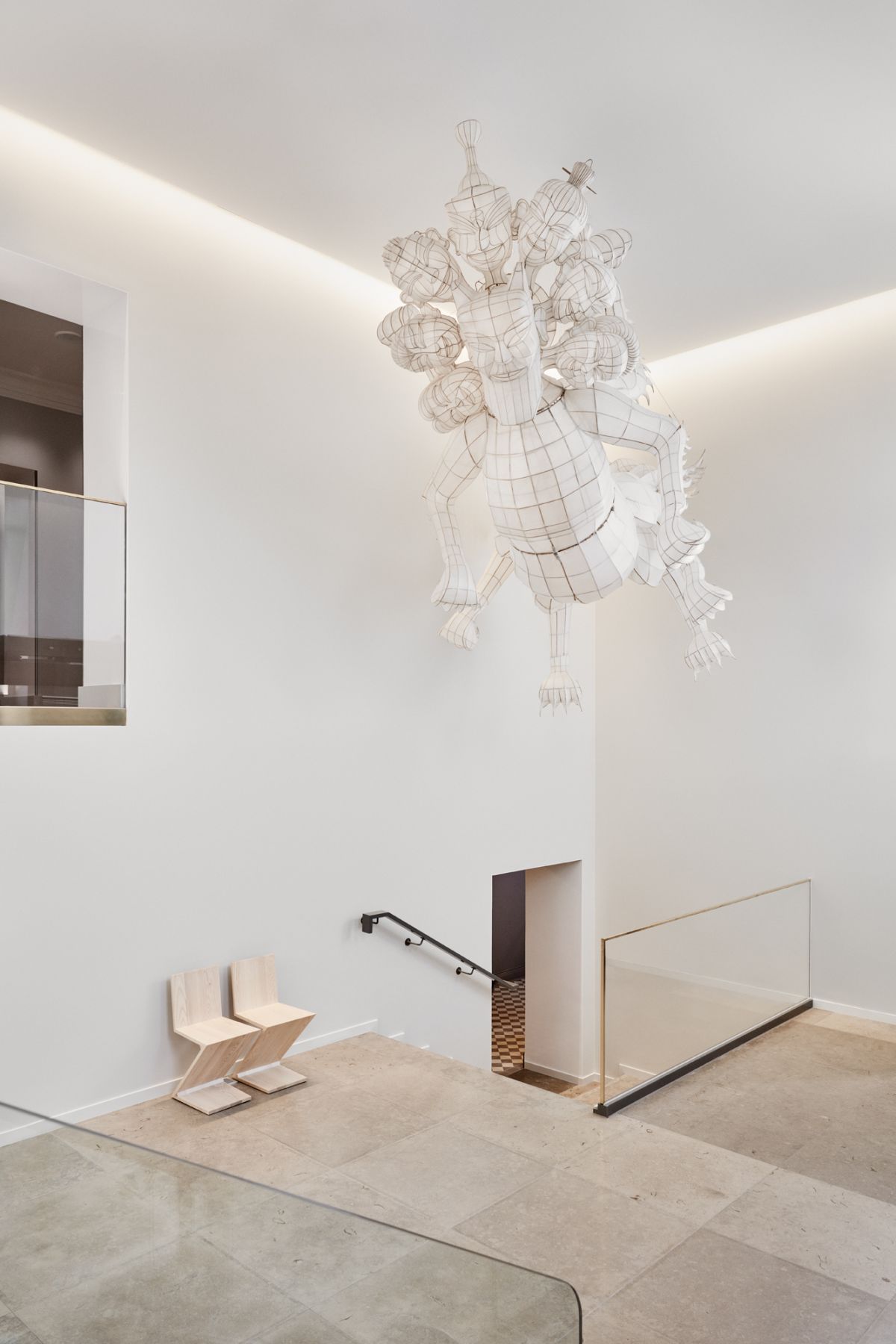
Ai Weiwei comments on cultural phenomena
In addition to being an artist and an activist, Ai Weiwei is also a designer, architect, photographer, curator and antique collector. He lives in Berlin, but works around the world.
Ai’s groundbreaking art includes sculptures, photography, documentaries, videos and architecture. As a nod to French artist Marcel Duchamp, he prefers to comment on cultural phenomena rather than focus on form or aesthetics. One of Ai’s most significant early works was the performance Dropping a Han Dynasty Urn (1995), in which he drops a 2,000-year-old ceramic vase to the floor, shattering it.
A relentless human rights activist
Ai Weiwei’s father was a famous poet whose radical thinking resulted in the family being sent to labour camp in 1961. The Ai family only returned to their home in Beijing after Mao Zedong’s death in 1976.
Defending free speech and expression became a natural part of Ai’s life. Famed for his societal commentary, he doesn’t hold back in his criticism of the Chinese state. In 2011 he was imprisoned for 81 days, and he is currently unable to return to China. In August 2018, authorities demolished his Beijing studio without warning.
According to Ai, the role of an artist is to always be a seeker of truth – and in everything he does, he fearlessly follows this philosophy.
Published 20th of October 2018. Photos: Mikko Ryhänen
Stay Georged
Read next

Studio BOM's art workshop at St. George Bakery on Saturday, April 26 & May 25
Saturday 26 April, 2025















